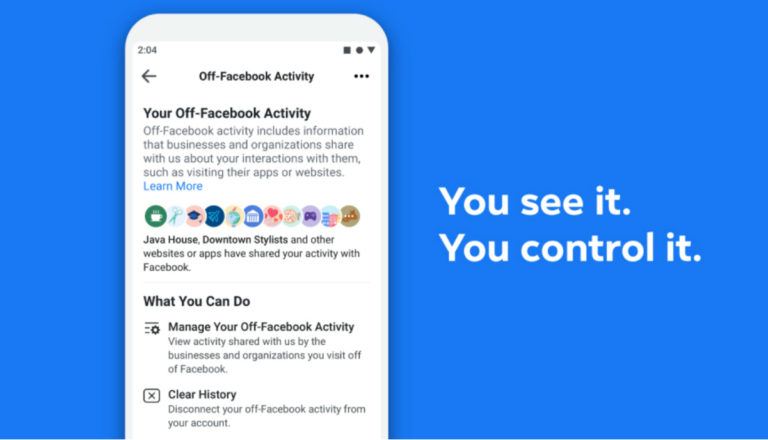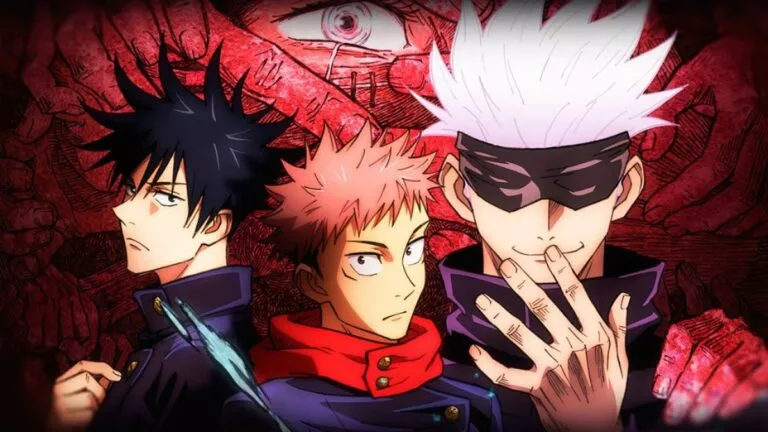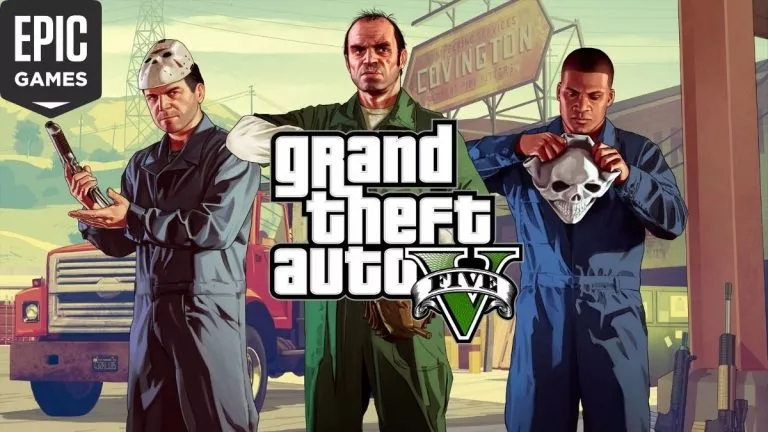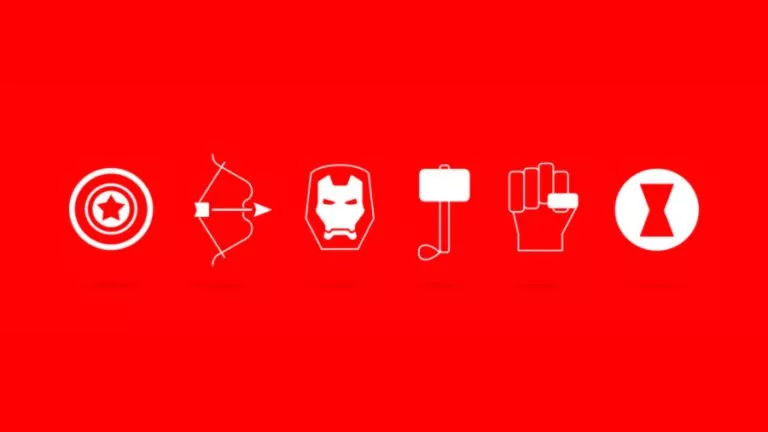Lovart an AI Design Agent Finally Debuts out of Beta with 800,00 users to Cut Branding Costs by a Fraction
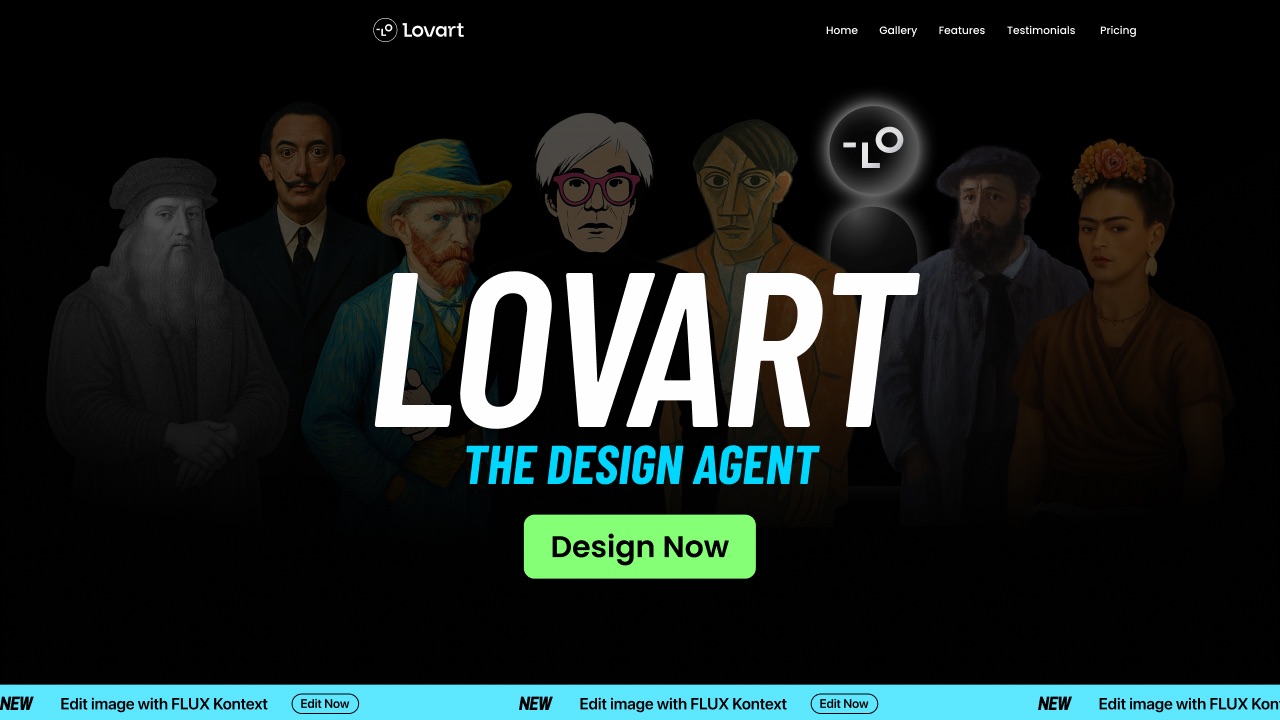
After months in beta and a list of more than 800,000 testers, Lovart is officially launching, and it’s bringing some serious momentum with it. The AI design platform is making waves by doing what most tools only promise: helping creative teams work smarter and faster.
Imagine trimming a six or even seven-figure branding campaign down to just $90 a month. That’s the bold promise Lovart is making. And surprisingly, it’s not far-fetched. We’ve witnessed students in design schools building entire portfolios with AI tools. Junior creatives are using AI to generate mood boards and mockups before they even start sketching.
The world is becoming comfortable and even reliant on AI, so it’s only a matter of time before this tech makes its way to branding workflows. And it’s no surprise. With just a single text prompt, teams can now generate full-scale brand visuals, from logos and social posts to packaging and even UI flows.
This gives users an incredible amount of creative power, whether they’re building a brand from scratch or embedding Lovart into their own design workflows. Suddenly, the capabilities that once required an entire advertising agency from strategy, design, asset production are now accessible to individuals and small teams at a fraction of the cost.
Lovart manages to achieve this thanks to what it calls its proprietary creative reasoning engine: MCoT (Mind Chain of Thought), which the company suggests is inspired by the way top-tier Creative Directors think. MCoT was built to replicate not just the output, but also the strategic thinking, and the variance of what we might claim is emotional intelligence to come up with high-end designs.
“At Lovart, we don’t have product managers. We have designers who teach AI how to think, in a way that you might expect from a Creative Director,” said Melvin Chen, CEO of Lovart. “The canvas is the desk. The agent is your teammate. Together, they recreate the most natural way design happens that captures nuance, emotion and brand essence within a single prompt, enabling anyone to bring their creative visions to life, even without a design background.”
Unlike other platforms that simply generate visuals, MCoT evaluates tone, context, and intent, then makes decisions accordingly – just like a human would. Only this one works around the clock and delivers in seconds, not days.
Diving further into Lovart, the way it operates is that it’s powered by multiple AI-agents that are designed specifically to handle specific tasks, like designing logos or UI/UX design. To ensure consistency between designs, the agents collaborate and share a context layer called the “Design Context Core,” which makes sure that the designs are all on-brand.
More significantly, Lovart’s MCoT can recall information and learn over time, by not only remembering the user’s preferences, design choices, and even the user’s general workflow habits, but also analyze them to understand the context and emotional undertones that might be present in the campaign. Lovart even predicts what you’ll do next and offers suggestions like color mismatching, issues with the layout and more.
You can think of Lovart as an all-in-one tool that’s a design platform comparable to Adobe but offers the best AI models that the industry has to offer as it’s model agnostic and supports GPT Image-1, Flux Kontext, VEO3, OpenAI-o3, Gemini Imagen, Kling AI, Hailuo, Tripo AI, Recraft v3, Runway Gen-4, Ideogram 3.0, Rodin, and more.

